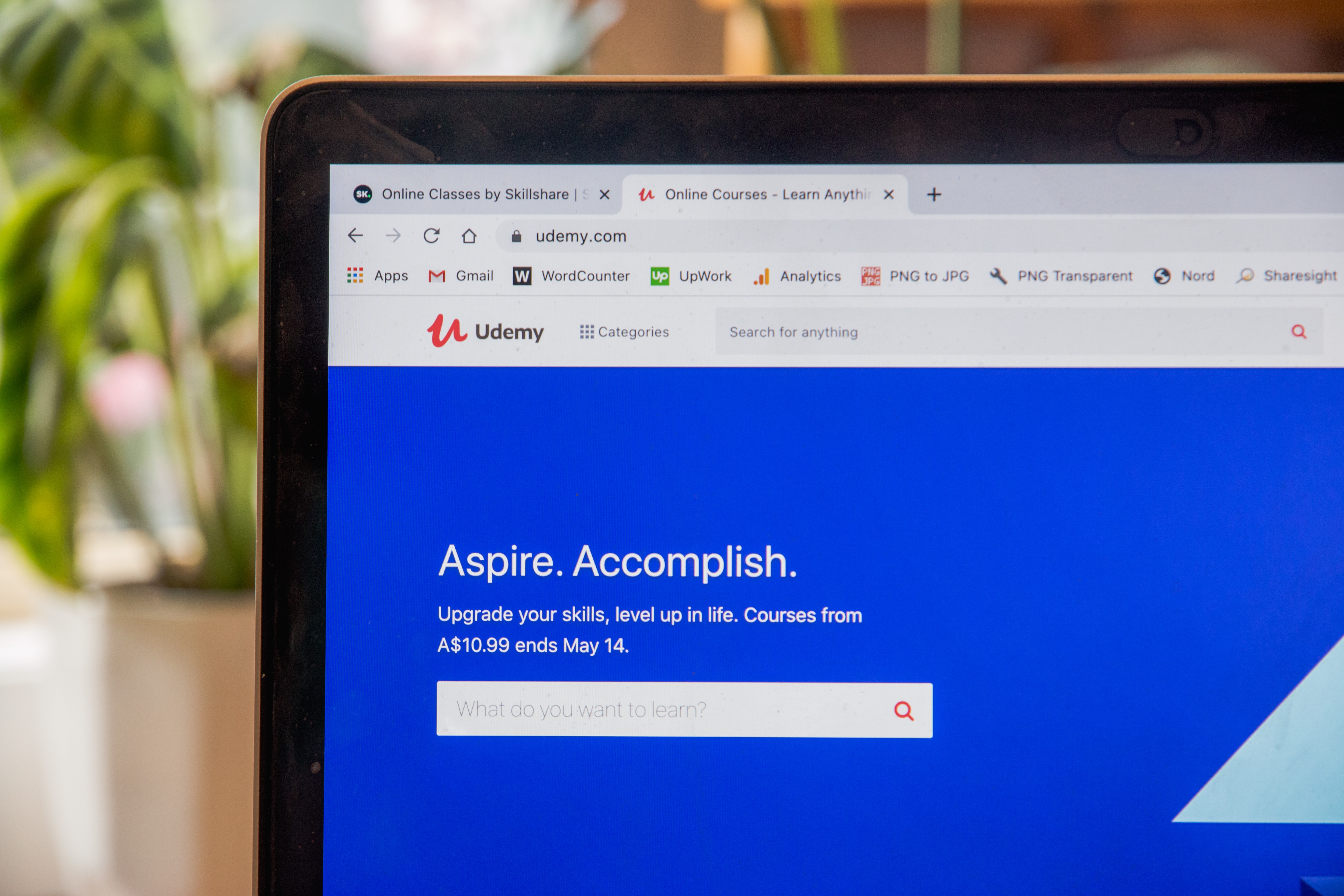October 17, 2023
By Blog Team
In
In today's interconnected world, eLearning is at the core of professional training and development. As businesses expand across borders, it's essential that their training materials reflects this global outlook.
However, this doesn't just mean translation – but localisation – ensuring content is relevant and relatable for every audience.
In this comprehensive article, we delve into the intricacies of eLearning localisation – useful for HR Managers, Training and Development Professionals, Learning Directors, Global Talent Coordinators and eLearning Managers!

1. Content Translation
Quizzes. Shareables. On-Screen Text. At the heart of any eLearning course, is its written content. To successfully translate your training content, you'll need to:
- Plan from Inception: Integrating localisation right from the beginning of eLearning content creation can lead to significant cost and time savings. It ensures that the content is designed with a global mindset from the start. Of course, translation is still possible for existing content!
- Translate all Materials: From course outlines to detailed modules, ensure every piece of text is translated not just linguistically, but culturally. This might mean adjusting examples, currencies or case studies to be regionally relevant.
- Adapt Quizzes: It's crucial that assessment tools like quizzes are accurately translated, ensuring questions retain their original intent and aren't misleading or ambiguous in other languages.
- Localise Accompanying PDFs: Supplementary materials should be treated with the same care as primary course content. This includes handouts, reading materials, post-webinar shareables, or any downloadable content.
- Cultural Context: Beyond direct translation, it's crucial to ensure that course content always reflects regional history, culture, policies and current events.
2. Multilingual Desktop Publishing (DTP):
eLearning often involves visually rich content. Therefore, multilingual desktop publishing must be a key consideration in eLearning localisation.
- Collect Global Data: Before diving into content design adaptation, it's crucial to gather insights about potential markets and cultural nuances. Tools and questionnaires can be valuable assets in this data-collection process. We also offer free consultation.
- Slide Decks: Translating text within slides is just the start. Ensure that the design, layout, and imagery are appropriate and resonant with the target culture.
- Training Materials: Brochures, handouts and other printed materials might need adjustments in design to accommodate text length changes due to translation. For example, German content usually expands by 30% when translated from English. It is also paramount to include region-specific imagery.
- Font Considerations: Different languages may require unique font sets, especially for languages that use non-Latin scripts. Emphasise the importance of choosing fonts that are legible and compatible across all desired languages.
3. Multimedia Localisation:
Videos are a vital component of any modern training course, offering dynamic and engaging ways to convey information to end-users. A complete eLearning localisation strategy will consider how to fully translate and adapt visual content.
- Identify the Target Audience: Utilise analytics and data to pinpoint where the majority of your users or employees are located. Do your videos need to be translated for non-native English speakers and multilingual staff?
- Subtitles: For learners who prefer to read along, or for those watching in sound-sensitive environments, accurate and synchronised subtitles are essential. SDH subtitles are recommended for the Deaf and Hard of Hearing.
- Voiceovers: Different audiences might prefer content to be voiced in their native tongue. Offering translated voiceovers ensures your content is accessible to a broader audience. Additionally, voiceovers are a great way to increase engagement and retention!
- Audio Descriptions: For visually impaired users, audio description provides context to what's happening on-screen, making your content more inclusive.
- AI Solutions: We offer a range of budget-friendly AI options to help localise your eLearning videos, including AI subtitles, AI Voiceovers and AI Live Captions.
4. Adapting Live Streams, Conferences & Webinars
Real-time learning sessions, like webinars or live-streamed lectures, require their own set of localisation practices.
- Define 'What' to Localise: Decide on which live sessions or content to localise first, perhaps starting with the most requested or essential modules.
- Live Captions: Offer real-time translated captions during your live sessions, ensuring participants across different linguistic backgrounds can follow along seamlessly.
- Transcription: Provide post-lesson transcriptions to your students.

5. User Interface & Navigation Adaptation:
If your eLearning platform or course uses software interfaces, it's essential to localise navigational elements, buttons, prompts and feedback messages.
Remember, something as simple as a colour can have different connotations in different cultures.
- Attention to Design & Graphics: Assure all UI elements are not only translated but culturally relevant. Work with software localisation experts to understand symbols, colours and designs that resonate with various cultures.
- Testing: After localising the user interface, conduct usability tests with native speakers to ensure the interface is intuitive and error-free.
6. Feedback & Assessment:
Ensure that feedback mechanisms, such as end-of-course surveys or assessment forms, are localised. This includes language, but also the type of questions posed, ensuring they're culturally appropriate and relevant.
- Legal Compliance: Beyond just linguistic and cultural considerations, ensure that your eLearning content adheres to regional legal and regulatory requirements. This can involve data privacy laws, intellectual property rights, and more.
- Diverse Assessment Methods: Different cultures may have varied preferences for assessment, from multiple-choice questions to open-ended responses. Consider offering varied assessment formats tailored to different cultural preferences.
7. Further Localisation Considerations:
- Testing in Target Market: After localising, beta test the content within the target market. This real-world feedback can reveal both technical issues and cultural missteps, guaranteeing a polished final product.
- Continuous Improvement: Remember, localisation is not a one-time task. Regularly update content based on feedback and analytics insights to ensure it remains relevant and impactful across different cultures and regions.
Fully translating and localising your eLearning content is not just a logistical requirement – it's a commitment to inclusivity and global relevance.
As the world of business and education become more intertwined and international, ensuring that your eLearning content speaks to everyone, both linguistically and culturally, will set your organisation apart.
If you're ready to get set on your eLearning localisation journey, or if you have questions about the process, reach out to our team of experts for tailored solutions.
We're here to ensure your training initiatives achieve maximum impact, no matter the audience or region.
